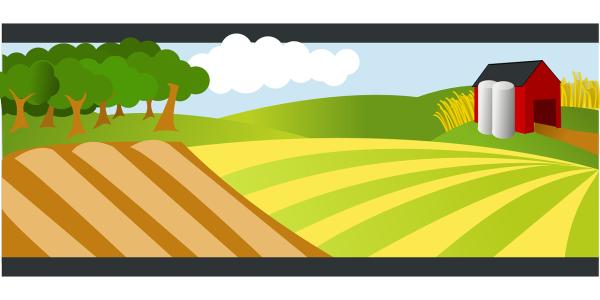Buying locally grown food has advantages; transportation costs are reduced, and it increases the availability of fresh produce. A meta-analysis considers the agricultural productivity of urban spaces by asking three questions:
- What can be grown?
- Is it productive?
- Is it sustainable?
To get at those questions, the researchers dove into the data in 200 studies. Based on their analysis, the researchers defined several categories. They identified eight crop categories [1] and two "urban “spaces:” Traditional “green spaces,” like community and private gardens, and “gray spaces,” areas unique to urban centers, including facades, rooftops, and indoor sites. They also defined growing systems, noting whether the farming was horizontal or vertical, hydroponic or soil-based, and how controlled was the farming environment. [2]
The dataset included 53 countries across all continents. Green space studies outweighed gray spaces, with rooftops more studied than indoor farming. Horizontal farming predominated over vertical, and open-air farming was studied more often than controlled environments.
What can be grown?
Vegetables lead the way, including lettuce, cabbage, tomatoes, beans, and peppers – much of what is seen at urban farmer’s markets. The next category was cereals like rice, wheat, and corn. In third place were fruits, primarily strawberries, but many one-off studies considered avocados, apples, bananas, and melons. Neck and neck were oil crops, mainly rapeseed, and roots and tubers, primarily potatoes. Urban farms also grew jute, a fiber crop, chickpeas, a pulse, and sugar beets, a source of sugar.
All in all, a far range of produce.
Is it productive?
Let’s begin with a caveat; this was small-scale agriculture, designed to feed locally, not regionally, and certainly not nationally. So, productivity does not mean that a few urban farms will feed the planet; it means that multiple, decentralized farms could feed a neighborhood. “Conventional yields” were based on data collected by the United Nations Food and Agriculture Organization representing the global average considering the most and least productive agriculture.
Except for sugar beets, urban agriculture had greater yields than conventional agriculture.
- Fiber crops are 44 times more productive
- Vegetables, oil crops, roots, and tubers are more than twice as productive.
- Fruits and cereals are 60% more productive.
- When the categories were disaggregated, adjusting for more frequently cultivated and probably more productively raised crops being studied, urban farming was at least as productive as conventional farming.
The researchers noted that the type of urban space affected yield; generally, ground-based spaces outperformed indoor sites, but this varied with the particular crop. Vertical farming produced more lettuce and horizontal farming more vegetables. Hydroponic, soil-less farming did better than soil-based when the medium affected yields. In general, controlled environments using sunlight did better than those using artificial light or open-air farming. Higher yields were, in part, due to a decrease in the growing cycle, meaning more crops per year, and the use of vertical farming that multiplied the yield based upon the farm's “footprint.”
“Results from this meta-analysis show that urban agriculture has, overall, a high potential for food production and that urban spaces can be as productive or even more productive than rural environments, with mean crop yields of urban agriculture being similar to or greater than conventional agricultural yields.”
Is it sustainable?
Here, the researchers failed to provide a clear answer. Urban farming is system and crop-dependent; you must marry the crop with the appropriate growing technique. This is not the case for conventional, large-field, soil-based agriculture. Urban farming will require changes to the built environment. Additionally, there will be a trade-off in the increased yields with the increased energy costs of indoor farming. That is, in itself, a complicated calculation. One must consider the energy expended in tilling large acreage versus the energy cost of artificial lighting, heating, and cooling. And transportation costs also are a factor accounting for 5% of costs. We just do not know. But that having been said, if we wish to preserve by "multi-tasking" land we already use, and buffer ourselves against a changing climate that will impact agriculture, then we should encourage the development of urban farming and see whether it can “scale up” to meet some of our needs.
[1] Cereals, fiber crops, fruits, oil crops, pulses, roots and tubers, sugar crops, and vegetable crops
[2] Open-air, controlled and using natural sunlight, and controlled and using artificial light. The production costs of food would increase over the three environments.
Source: How Much Food Can We Grow in Urban Areas? Food Production and Crop Yields of Urban Agriculture: A Meta-Analysis American Geophysical Union DOI: 10.1029/2022EF002748




